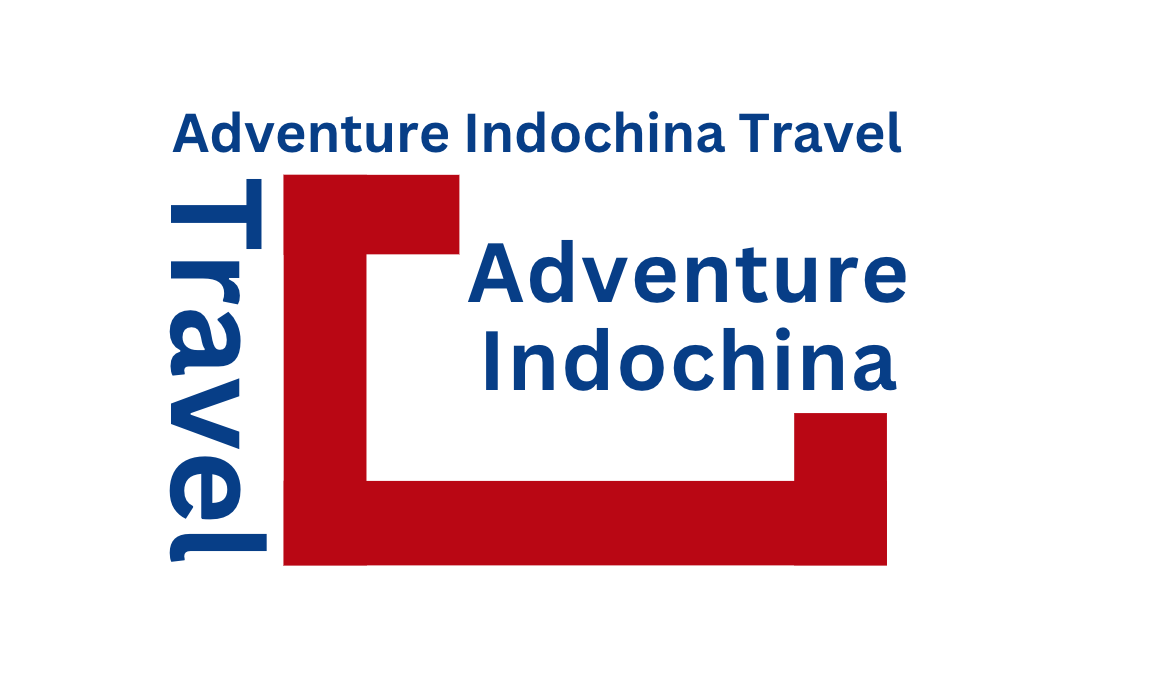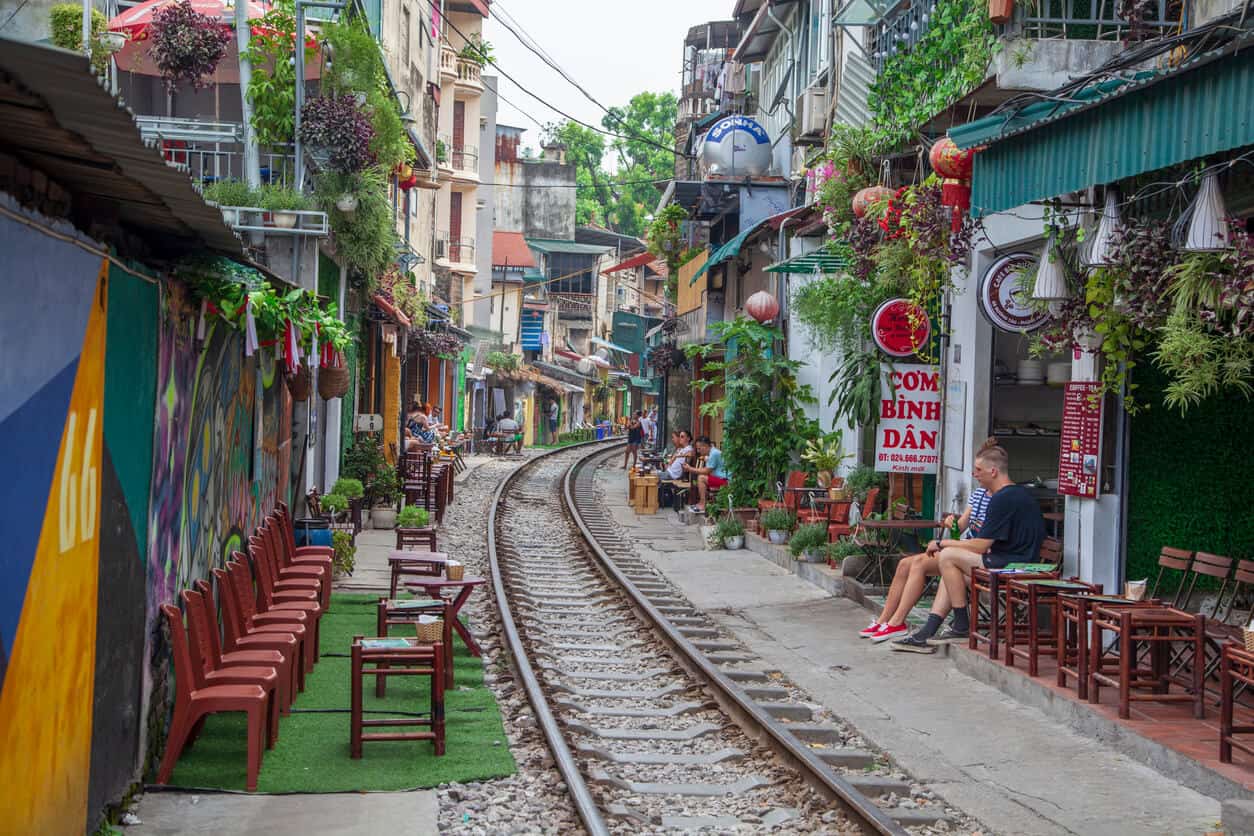
Visiting Vietnam for the first time can feel both thrilling and a little overwhelming for many Western travelers. This beautiful S-shaped country is full of surprises—bustling streets, unique cuisine, vibrant culture—but it also comes with cultural differences that might be confusing for newcomers.
To help you prepare, here’s a practical guide packed with tips and insights from seasoned travelers who’ve navigated Vietnam before you.
🚦 Crossing the Street in Vietnam
One of the biggest shocks for many visitors is Vietnamese traffic, especially in big cities like Hanoi or Ho Chi Minh City. A tourist once described it as “one of the wonders of the world—a ballet performed by millions of people driving scooters and cars.”
Traffic seems chaotic, with vehicles flowing like a river without strict adherence to rules. As a foreigner, you might feel intimidated trying to cross the street.
Pro tip: Walk slowly and steadily across the road. Don’t dart or run. Drivers will anticipate your pace and maneuver around you—trust the flow!
🚫 Say “No” to Dog and Cat Meat
Vietnamese cuisine is diverse and delicious, but one cultural difference that shocks many Western visitors is the existence of dishes made from dog or cat meat. These dishes are not everywhere, but they do exist.
If you’re an animal lover, politely decline any offers for “little tiger” (a euphemism for cat meat) or dog dishes. Most restaurants catering to tourists do not serve these, but it’s wise to be aware.
💰 Understanding Vietnamese Currency
Vietnam uses the Vietnamese Dong (VND), and one common challenge for newcomers is that bills look quite similar. Many denominations share similar colors and designs, making it easy to mix them up.
How to avoid confusion:
- Focus on the large numbers printed on each bill.
- Keep lower denominations separate from larger ones in your wallet.
- Remember that 1 USD equals roughly 23,000 VND (rates fluctuate).
US dollars are accepted in some tourist areas, but always check the exchange rate to avoid being overcharged.
🍜 How to Pronounce “Phở”
No trip to Vietnam is complete without eating a steaming bowl of phở, Vietnam’s iconic noodle soup. Many Western travelers mistakenly pronounce it “foe” or “fuuh,” but the correct pronunciation is closer to “fuh” with a rising tone.
When in doubt, simply point to the menu—locals will know what you mean!
☀️ Mind the Weather
Vietnam’s climate varies greatly from north to south and changes with the seasons:
- Summer: Hot and humid, best for light, breathable clothing.
- Winter (North): Cold and damp, so bring a jacket, scarf, and closed shoes.
- Southern Vietnam (e.g. Saigon): Known for unpredictable weather—sunny mornings, sudden afternoon showers.
Always check the forecast for your destination before packing!
🚖 Watch Out for Fake Taxis
Scam taxis are a known issue, especially at airports. Drivers may:
- Charge outrageous fares.
- Take unnecessarily long routes.
- Demand additional tolls.
Avoid this by:
- Booking a reputable airport transfer through your hotel.
- Using official taxi companies like Mai Linh or Vinasun.
- Refusing to pay extra “toll fees” if not on the meter.
If your driver talks on the phone continuously, politely ask them to focus—it can be dangerous in Vietnam’s chaotic traffic.
📱 Buy a SIM Card
One of the best things you can do upon arrival is buy a local Vietnamese SIM card. It’s cheap and will save you from high roaming fees.
With a local SIM, you can:
- Navigate with Google Maps.
- Use apps like Grab (for rides) or Zalo/Viber for messaging.
- Stay connected for emergencies.
Most airports and convenience stores sell tourist SIM cards with affordable data packages.
🌅 Why Vietnam is Worth Visiting
Despite some challenges, Vietnam is a spectacular country that leaves many visitors eager to return. It’s a place of:
- Breathtaking natural scenery—from towering mountains to turquoise beaches.
- Deep cultural heritage and rich history.
- Delicious, diverse cuisine.
- Warm, friendly people who often go out of their way to help tourists.
✈️ Flights to Vietnam
Flights from the US or Europe typically involve connections in cities like Hong Kong, Taipei, Incheon, or Narita. Major carriers include:
- American Airlines
- Cathay Pacific
- Eva Air
- Hong Kong Airlines
Vietnam has over 10 international airports, but the main gateways are:
- Noi Bai International Airport (Hanoi)
- Tan Son Nhat International Airport (Ho Chi Minh City)
- Da Nang International Airport (Da Nang)
🛂 Getting Your Vietnam Visa
To visit Vietnam, most Western travelers need a visa:
- Visa Approval Letter: Many tour companies arrange this for you.
- E-Visa: Since 2017, Vietnam offers an electronic visa for single entry up to 30 days. This is convenient and speeds up airport processing.
Important: Double-check that your visa information matches your passport exactly, or you might be denied entry.
💼 Customs and Luggage Rules
When entering Vietnam:
- Your passport must be valid for at least 6 months.
- You may bring personal items like jewelry, gifts, and reasonable amounts of foreign currency.
Customs declarations are required if:
- Carrying over USD 7,000 in cash (or equivalent).
- Bringing over 300g of gold.
- Carrying prohibited or controlled substances.
🏙️ Where to Stay in Vietnam
Stay in the city center if you love vibrant local life, street food, and exploring on foot. Wandering Vietnam’s bustling streets is half the adventure!
If you’re visiting coastal cities, consider staying near the beach. Many beachfront hotels offer shuttles into town, so you can relax by the sea without missing cultural experiences.
Final Tip
Vietnam is a country of fascinating contrasts, where ancient traditions blend seamlessly with modern life. A little preparation will help you navigate the cultural quirks and make the most of your trip. Pack an open mind, a sense of adventure—and get ready to fall in love with Vietnam!



